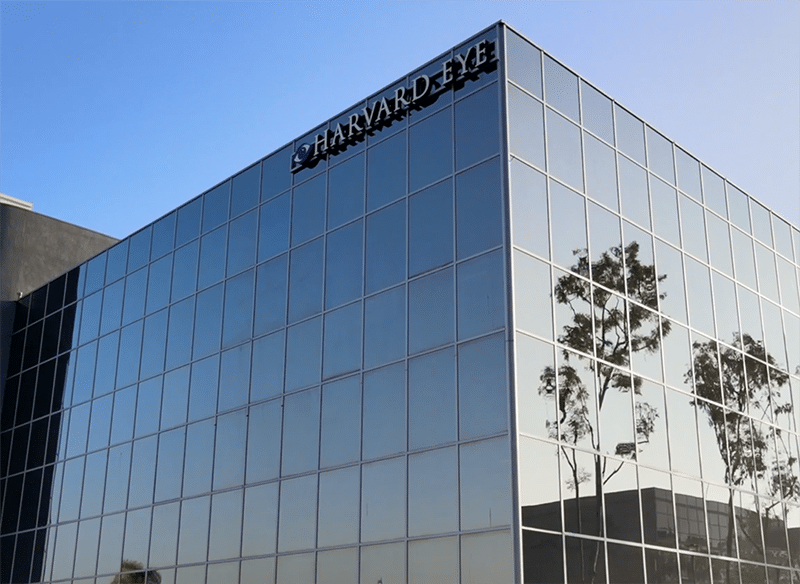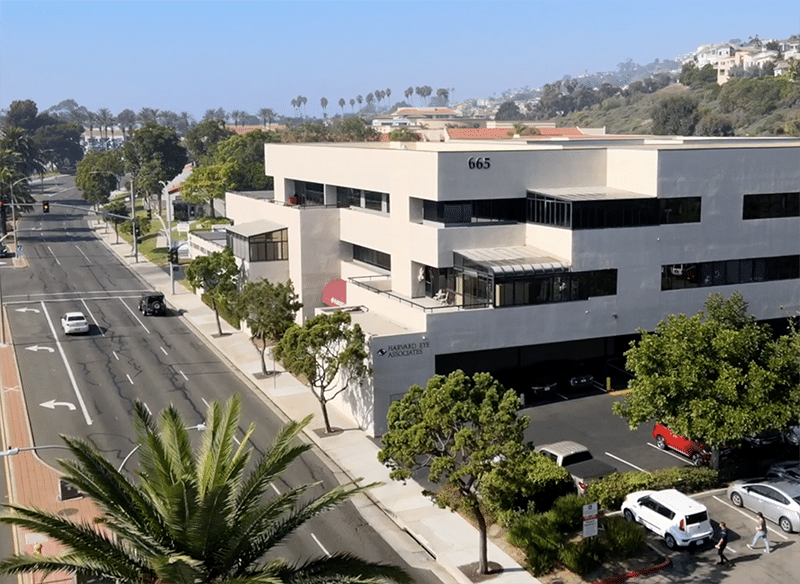 A cataract is a clouding of the lens of the eye. As you age, proteins in your lens begin to break down and the lens becomes cloudy. You may not even realize you have a cataract because it usually grows very slowly and may not impede vision early on. While cataracts are rarely dangerous, after many years they will likely affect vision. By age 65, over 90% of people have a cataract and half of the people between the ages of 75 and 85 have lost some vision due to a cataract.
A cataract is a clouding of the lens of the eye. As you age, proteins in your lens begin to break down and the lens becomes cloudy. You may not even realize you have a cataract because it usually grows very slowly and may not impede vision early on. While cataracts are rarely dangerous, after many years they will likely affect vision. By age 65, over 90% of people have a cataract and half of the people between the ages of 75 and 85 have lost some vision due to a cataract.
There are several types of cataracts. Each type of cataract develops in a specific portion of the lens. A cortical cataract forms in the shell layer of the lens, known as the cortex, and gradually extends its “spokes” from the outside of the lens to the center. These spokes block or distort the light passing through the eye. This causes glares to form around lights and a loss of contrast between colors and shades. Both near and distance vision are slowly reduced. If left untreated, cortical cataracts can result in vision loss.
There are several cataract treatment options available, including:
Prescription Glasses: Since cortical cataracts can result in decreased visual acuity, glasses may be prescribed to make up for the vision loss. However, this is only a short-term solution as the cortical cataract continues to develop. Eventually, glasses will cease to be an effective method of treatment. When this happens, it is probably time to consider cataract surgery.
Cataract Surgery: When glasses fail to make up for the vision loss caused by a cortical cataract, cataract surgery may be your best option to restore your sight. Cataract surgery in San Clemente is an outpatient procedure and involves your surgeon removing the cloudy lens and replacing it with an artificial lens.
If you think that you may be developing cataracts or if you are already considering cataract treatment, contact Harvard Eye Associates at 949-951-2020 or harvardeye.com to schedule an appointment today.




